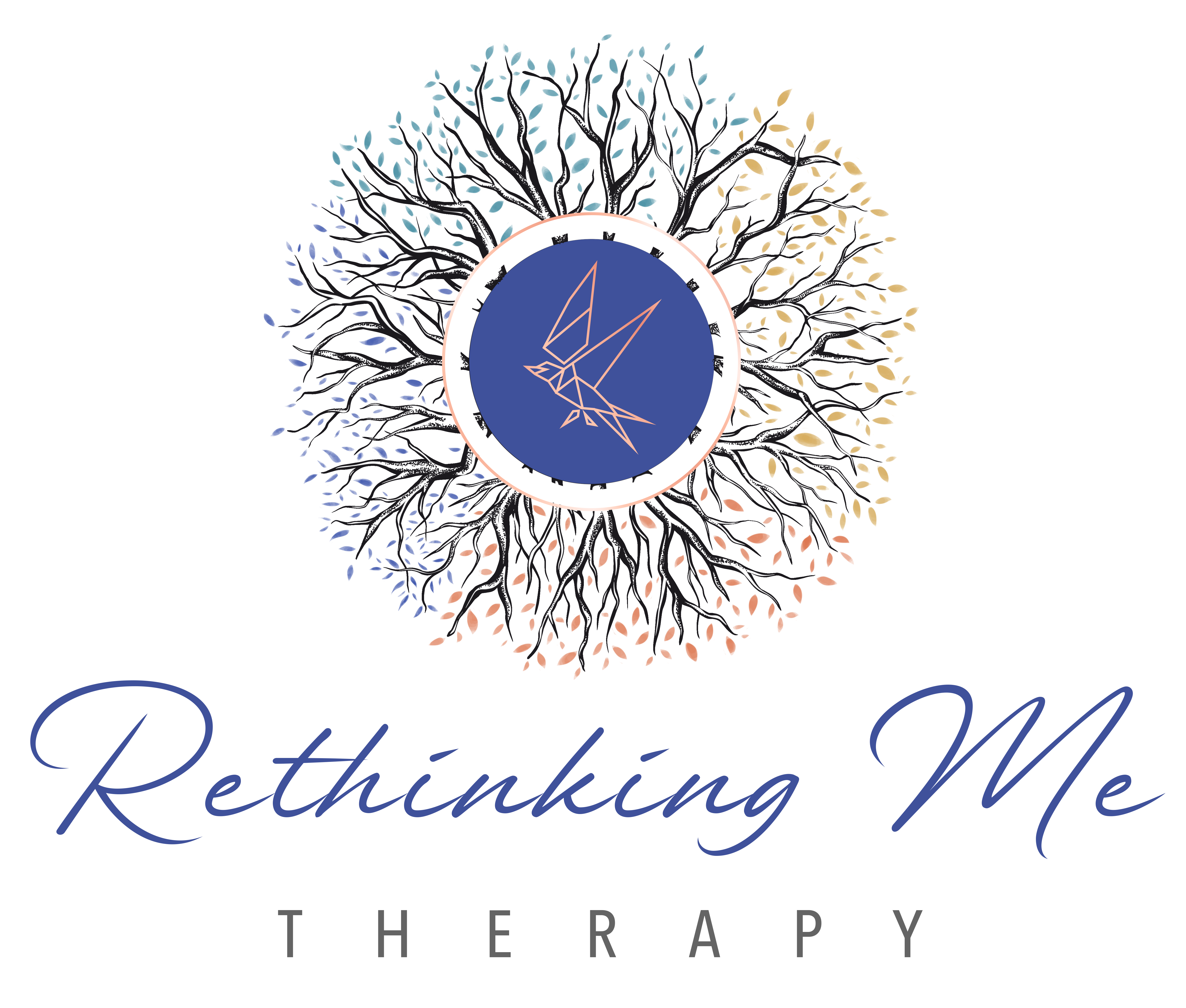
Seasonal depression, often referred to as Seasonal Affective Disorder (SAD), isn’t just about the winter blues. Yep, you heard it right! While winter SAD is widely acknowledged, its lesser-known cousin, summer SAD, also deserves some attention. Especially for Gen Z and Millennials in the US, understanding both winter and summer depression is crucial for year-round mental health. Let’s dive into what SAD looks like in both seasons, its impacts, and strategies to cope effectively.
Winter Seasonal Affective Disorder (SAD)
The Winter Blues: What Is It?
Winter SAD is that gloomy feeling that creeps in as the days get shorter and the nights get longer. The days are colder so most likely you won’t be outside longer than you must. The lack of sunlight during these months can mess with your serotonin levels, leading to a dip in your mood. Due to the limited light exposure, it will signal the brain to produce more melatonin, which is a hormone your body naturally produces, that helps the body prepare for sleep. Plus, the increase in melatonin can leave you feeling like you just want to hibernate. You may just feel like you have low energy and not motivated to do as much as you would say in the spring and fall. This overproduction of melatonin can increase your likelihood of developing SAD by impacting your daily wake-sleep cycles which will impact your mood, sleep, and behavior. This is different than being diagnosed with depression or major depressive disorder as the symptoms normally start in the fall or winter and improve in the spring and you have an increase in symptoms for two or more consecutive years. SAD can be mild or severe and can lead to social withdrawal, school or work problems, substance abuse, and suicidal thoughts or behaviors.
Symptoms of Winter SAD
- Persistent low mood
- Loss of interest in activities once enjoyed
- Fatigue and low energy
- Difficulty concentrating
- Changes in appetite and weight
- Oversleeping
Statistics and Insights
According to the American Academy of Family Physicians, about 4-6% of people in the US experience winter SAD, and another 10-20% may face a milder form of winter blues. Interestingly, the National Institute of Mental Health (NIMH) notes that women are more likely to be diagnosed with SAD than men.
Coping with Winter SAD
Light Therapy: Imagine basking in the sunlight indoors! Light therapy involves sitting in front of a lightbox that mimics natural sunlight, helping to boost your serotonin levels. This type of light is different than the light from your phone, computer/laptop, and tablet!
Vitamin D: Boost your Vitamin D intake through diet, supplements, or a little bit of natural sunlight. Research published in the Journal of Clinical Endocrinology & Metabolism links Vitamin D deficiency to depressive symptoms. Also try to keep your window blinds open and get rid of the blackout curtains during this time!
Physical Activity: Move that body! Regular physical activity like walking, yoga, or even a fun indoor workout can boost your mood and energy levels. It will be tempting to just stay inside, but challenge yourself to at least be active, go to the gym, or try a group exercise class.
Staying Connected: Whether it’s virtual or in-person, keep those social connections alive. Regular chats with friends and family can lift your spirits. Not as many plans go on during the winter so try to be proactive and plan potlucks, game nights, movie/show watch parties and other things you can do indoors when outdoor activities are less desirable.
Be Proactive: If you haven’t recently moved to a new area or state then you know when the temperature and seasons will begin to change. Plan if you know you struggle with SAD. Make those plans (even if you want to make it more consistent that it becomes something you do once a week or twice a month), sign up for those classes or groups, find fulfilling hobbies and interests that you can do both solo or with others, and stock up on your supplements!
Summer Seasonal Affective Disorder (SAD)

The Unseen Struggle: Summer Depression
Just when you thought summer was all sunshine and happiness, here comes summer SAD. The increased daylight, heat, and social expectations can be a downer for some. You may be thinking, well I thought summer is when I’m supposed to feel better!? For many this is the case, while for others they notice a mood drop at the beginning or halfway through summer.
Symptoms of Summer SAD
- Insomnia
- Loss of appetite
- Weight loss
- Agitation or anxiety
- Increased irritability
- Feelings of isolation
Statistics and Insights
Summer SAD is less common than winter SAD, but it’s still a significant issue. The National Alliance on Mental Illness (NAMI) reports that about 10% of those with SAD experience symptoms in the summer months.
Coping with Summer SAD
Managing Expectations: Social media can make it seem like everyone’s having the best summer ever. Don’t fall for it! Manage your expectations and remember, not everyone’s summer is a nonstop party. You may experience FOMO (fear of missing out) or feel that you aren’t using your summer to the fullest or being as productive as you ‘should’ such as checking off some goal, such as a weight loss goal, going on adventures, having a summer romantic fling, a summer reading list, travelling, or just simply accomplishing all of these things for bragging rights of some sort. You can have as eventful or uneventful summer and it be just as good. Don’t get stuck in the comparison trap or feel as if all this change must happen before or during summer. It’s good to have goals but be intentional about them.
Creating a Comfortable Environment: Keep your living space cool and comfy. Fans, air conditioning, or a refreshing shower can make a big difference. If you have the finances invest in those bamboo, high thread count, or viscose/bamboo sheets if you sleep hot.
Establishing a Routine: Stick to a consistent daily routine. Regular sleep patterns, mealtimes, and activities that bring you joy can help keep you grounded.
Seeking Professional Help: Therapy, especially Cognitive Behavioral Therapy (CBT), can be a game-changer. The American Psychological Association (APA) highly recommends CBT for its effectiveness in changing negative thought patterns. If you feel it to be necessary, speak with your medical provider or find a psychiatrist and explore medication being an option to assist you during this time.
The Impact of COVID-19 on Seasonal Depression

The COVID-19 pandemic threw a wrench into many people’s mental health, amplifying feelings of isolation, anxiety, and depression. For those with SAD, the pandemic’s restrictions made things even tougher.
Winter During the Pandemic
With lockdowns and fewer daylight hours, outdoor activities and social interactions took a hit, worsening winter SAD symptoms. A study in the Journal of Affective Disorders noted a significant increase in depressive symptoms during the pandemic’s winter months.
Summer During the Pandemic
The summer of 2020 wasn’t much better. Travel restrictions and social distancing measures meant fewer summer activities, leading to more isolation and FOMO (Fear of Missing Out).
Conclusion
Seasonal depression, whether it’s winter or summer, is a real struggle. For Gen Z and Millennials, understanding its symptoms and impacts is the first step in managing it effectively. By adopting healthy coping strategies, seeking professional help when needed, and finding new ways to connect, it’s possible to maintain positive mental health and foster meaningful relationships.
If you or someone you know is battling seasonal depression, reach out to a mental health professional for support and guidance. Remember, you’re not alone, and help is available. By understanding and addressing both winter and summer SAD, we can help ensure better mental health for everyone, all year round. So, let’s beat those seasonal blues together!
References
- American Academy of Family Physicians. (n.d.). Seasonal Affective Disorder (SAD). Retrieved from aafp.org
- National Institute of Mental Health. (n.d.). Seasonal Affective Disorder. Retrieved from nimh.nih.gov
- National Alliance on Mental Illness. (n.d.). Seasonal Affective Disorder. Retrieved from nami.org
- Pew Research Center. (2020). The Virtues and Downsides of Online Dating. Retrieved from pewresearch.org
- Journal of Clinical Endocrinology & Metabolism. (2020). Vitamin D Deficiency and Depression. Retrieved from endocrine.org
- Journal of Affective Disorders. (2021). Impact of COVID-19 on Mental Health. Retrieved from elsevier.com
